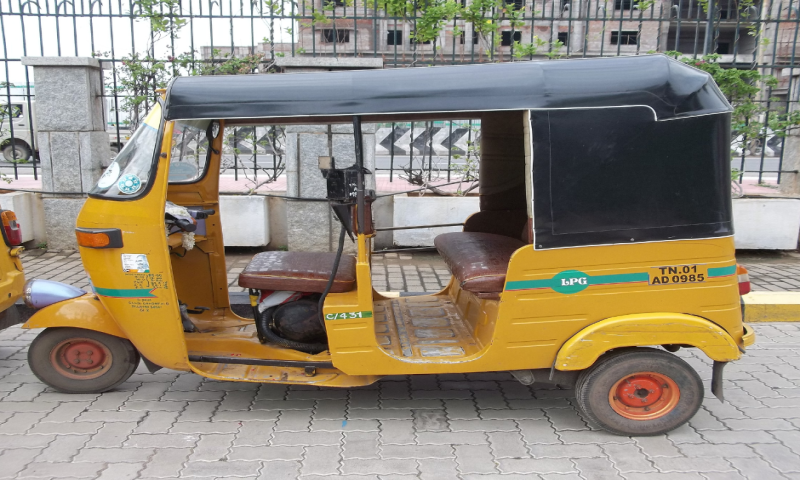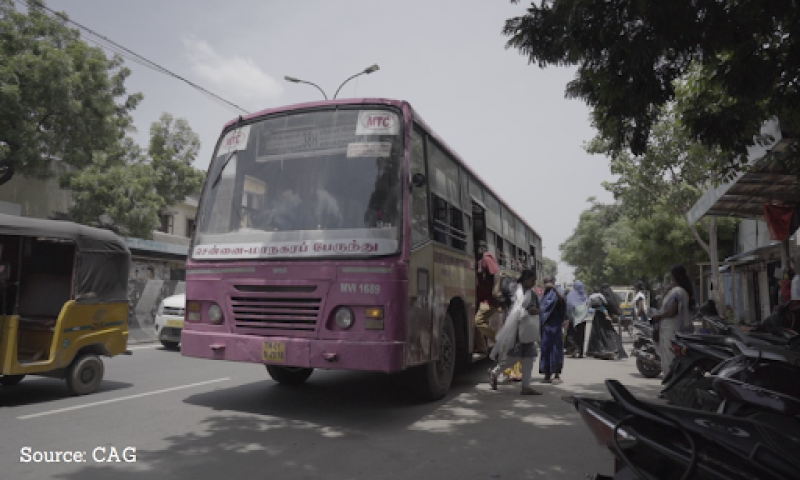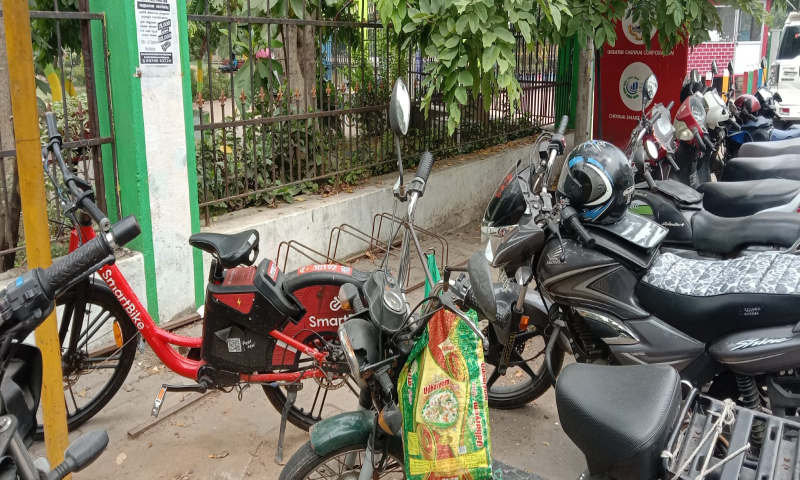Multi-Stakeholder Workshop on Road Safety Action Plan for Tamil Nadu
Multi-Stakeholder Workshop on Road Safety Action Plan for Tamil Nadu
Date: 25.03.2025
Venue: Chennai
Speakers: Mr. Shunchonngam Jatak Chiru, IAS, Transport Commissioner (Tamil Nadu)
Ms. Nidhi Singh, Additional Commissioner (Road Safety) (Rajasthan)
Mr. Krishnan Srinivasan, Senior Transport Consultant, The World Bank




